Ai Wei-Wei, Agnès Varda, and Tyler the Creator are a few of the big-name cat-lovers who have graced the covers of Puss Puss magazine. Its founder and editor-in-chief discusses her approach
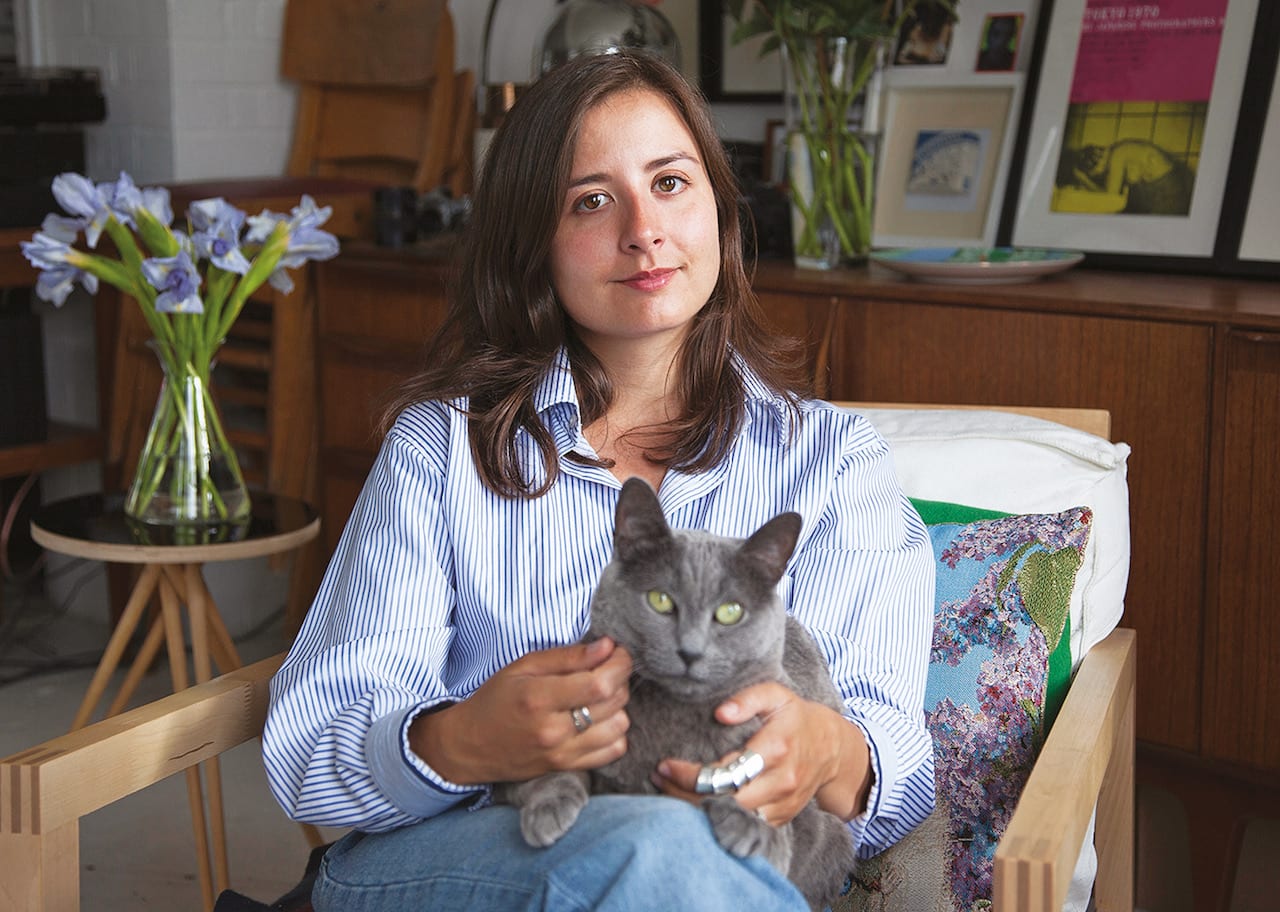

Ai Wei-Wei, Agnès Varda, and Tyler the Creator are a few of the big-name cat-lovers who have graced the covers of Puss Puss magazine. Its founder and editor-in-chief discusses her approach
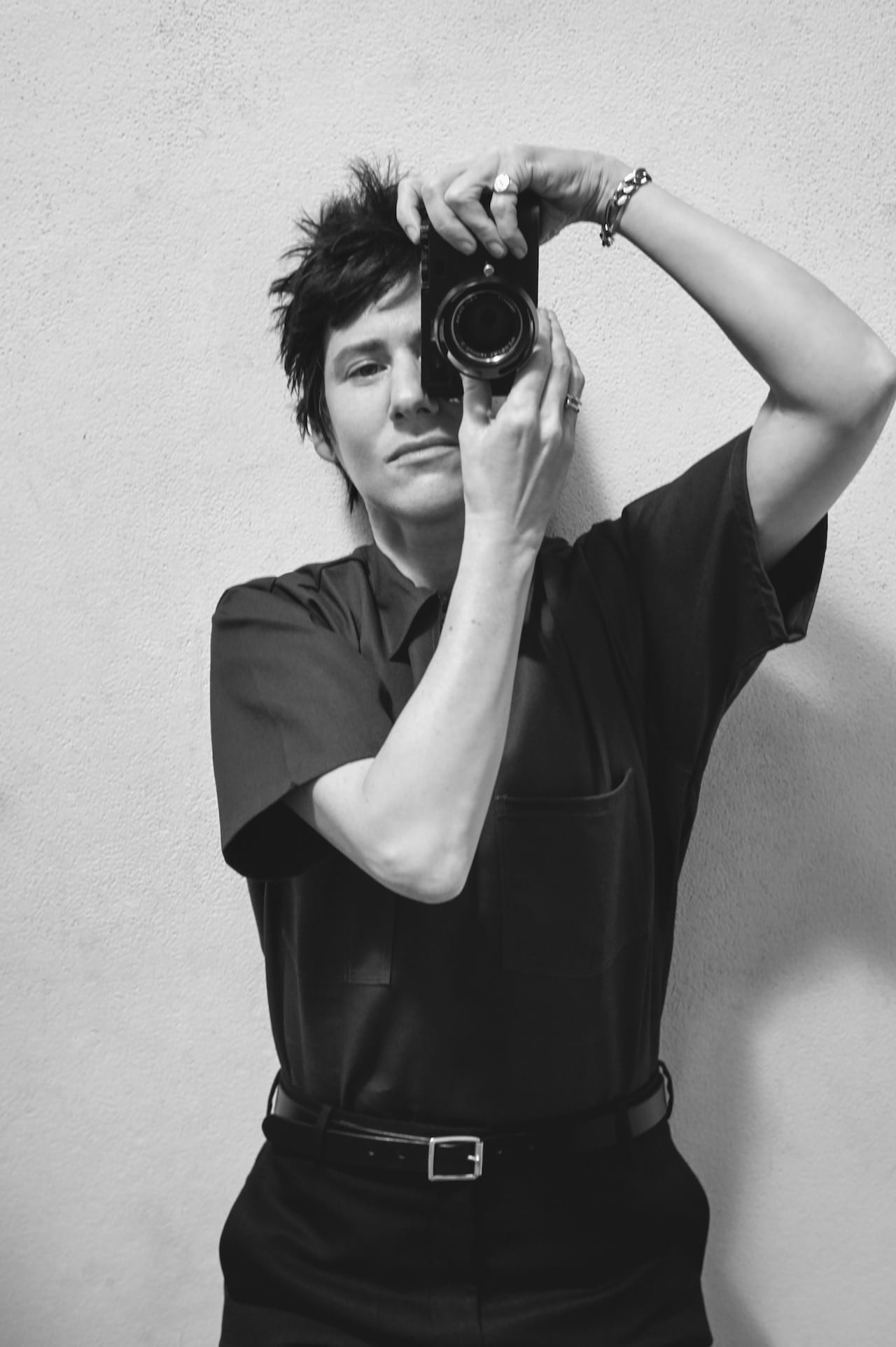
Spanning a 30-year career, Schorr’s work explores identity politics and photography’s fetishistic gaze. Best-known for her early portraits of adolescent boys, and her fashion and editorial work for magazines, her 2014 show, 8 Women, highlighted a shift in focus.
What draws me to photographing adolescent youth? The sense of things being unresolved. I succeeded in nothing as a child. I waited for high school to be over so I could go to New York. I knew things wouldn’t come easy. But I knew they could come if I worked for them.

“A festival is about taking risks,” says Louise Clements, founder and director of Format International Photography Festival, which returns this year to celebrate its ninth edition. “Festivals can come and go, but to sustain something for so many years, you have to work out how to make it valuable for its participants and its audience, by giving people something to work towards.”
The city of Derby, in the UK’s post-industrial Midlands, is not large, but over the last 15 years the biennial event has helped place it on the cultural map. Over the course of each festival some 100,000 visitors will gather there – the city’s compact size lending it some advantages. “Derby is small, like Arles [whose 50-year-old Rencontres photography festival remains the blueprint], so there is this critical mass-like feeling,” says Clements. “People are likely to bump into each other, see our bags and totes – the guides see and integrate them, for example, when we work with the local microbreweries.”

“I consider myself a son of the European project,” says Tommaso Rada. “I am part of a generation that lived through the opening of the borders between many different countries, the introduction of the euro, and all the new cultural and linguistic mixing that the European project meant. The feeling of being Italian as well as European is the reason why I am interested in the European Union.”
Rada is now based in São Paulo, but was born in Biella in northern Italy and lived in his home country until he was 25. He watched as the policies of the EU evolved, and as the meaning of the Union began to change. His ongoing series Domestic Borders frames a number of different projects he has made, evoking the varying perspectives of those living along the borders of the member countries.
Back to South, the most recent chapter, focuses particularly on the countries that would be affected if a ‘two-speed’ Europe was implemented – a proposal in which certain members, perhaps those in better economic positions and political situations, would integrate at a faster pace, leaving the others on the periphery. Visiting the areas that would be ‘left behind’, Rada hopes to show the “challenges of living in a unique space with a different passage of time”.
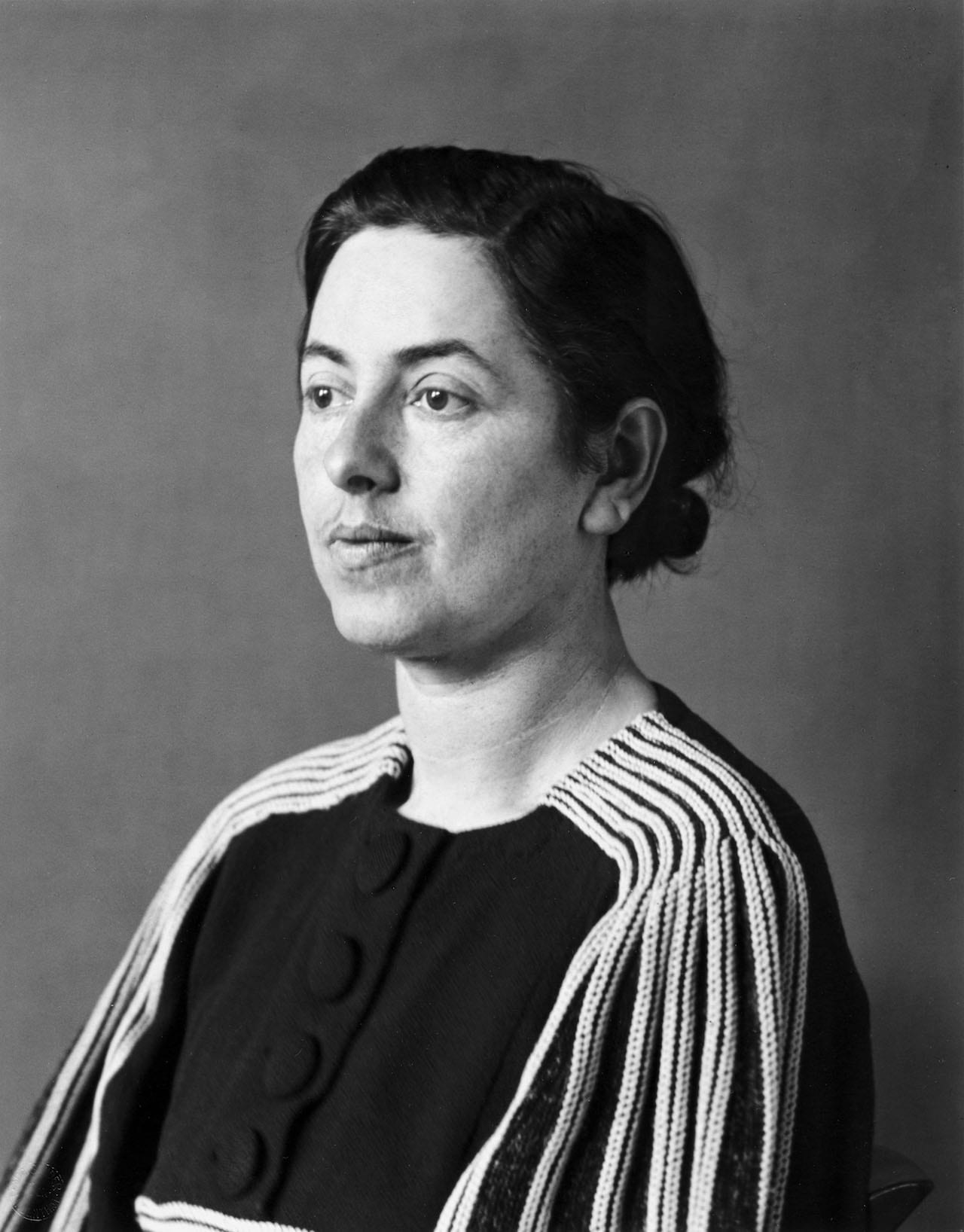
“Nothing seemed to me more appropriate than to project an image of our time with absolute fidelity to nature by means of photography… Let me speak the truth in all honesty about our age and the people of our age.” These are the words of August Sander, one of the most poignant figures in the history of photography, best-known for his ambitious, lifelong project, where he sought to create a comprehensive photographic work that faithfully represented the physiognomy of German society.
People of the 20th Century, as it was eventually named, is an attempt at a social portrait of the everyday German man and woman living in the 1900s – a period of time which, unbeknownst to the photographer at its inception, would give way to two world wars, the largest migration of people in human history, and ethical, economic and political hysteria.

“It was moving to London that got me interested in publishing,” says Sarah Barnett, who relocated to the capital from Manchester with a multimedia degree and experience working in an interactive agency. She quickly got a job at Progressive Content marketing agency, and later became the art editor of Economia magazine, working with Rebecca McClelland (formerly photography editor for New Statesman, Port and Wallpaper*) and photographer Catherine Hyland. Together, they had “the challenge of trying to push the creative boundaries of an accountancy magazine,” she recalls. “We worked with some of the best portrait photographers and that definitely influenced me in how I work with photography today.”
In 2016, she became the art director of N by Norwegian, spearheading its recent redesign to allow more room for photography series, demanding a “whole new level of editing”, says Barnett. “We might be an in-flight publication, but we’re more than just travel.”
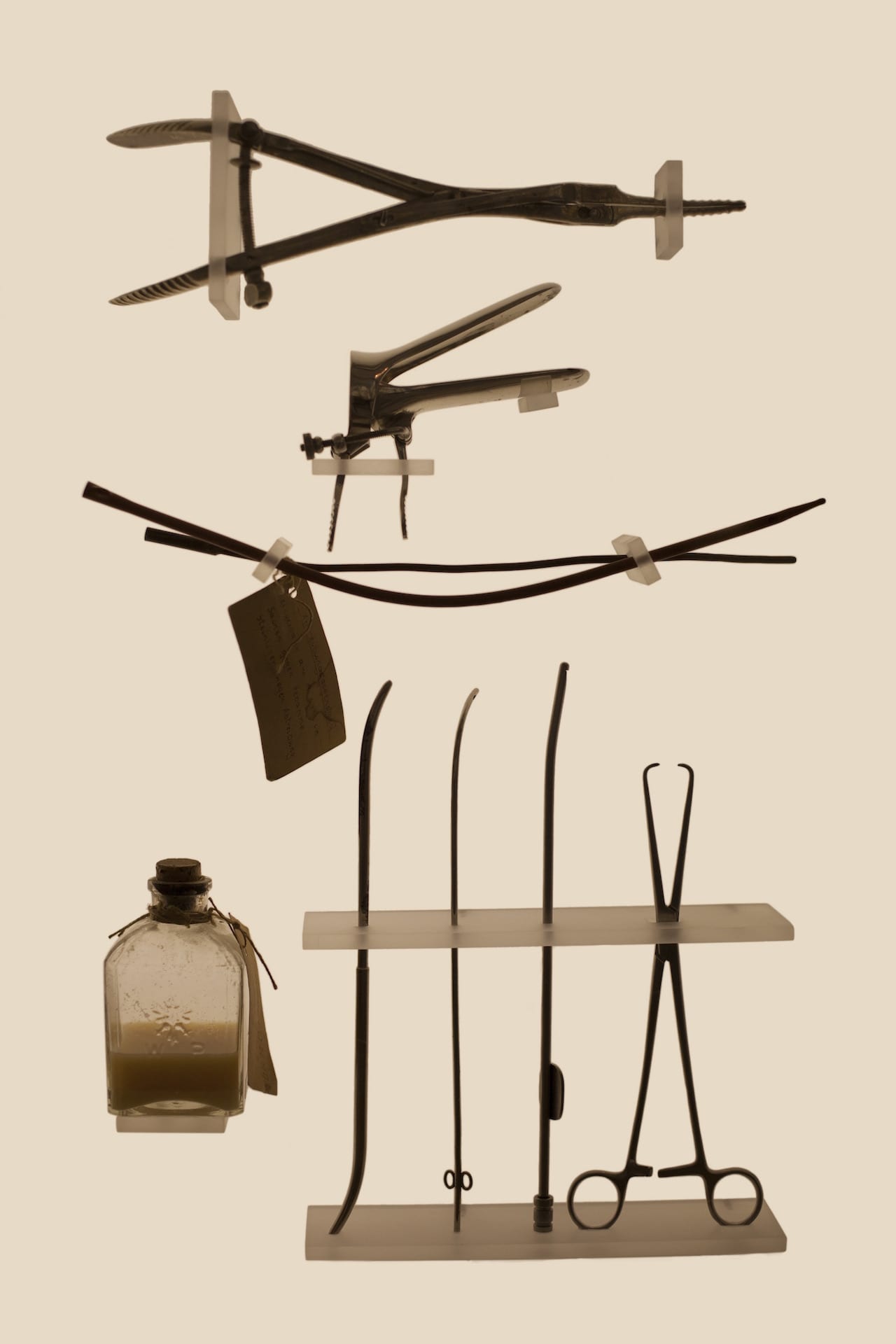
Laia Abril is no stranger to themes of distress. Bulimia, coping with the death of a child, the asexual community, virtual sex-performer couples – these are all topics that the Barcelona-based photographer has explored and attempted to demystify with her multi-layered, story-based practice. The subjects she tackles are complex and provocative, but ones she is able to connect with by way of female empathy, “where I can be involved emotionally”, she says.
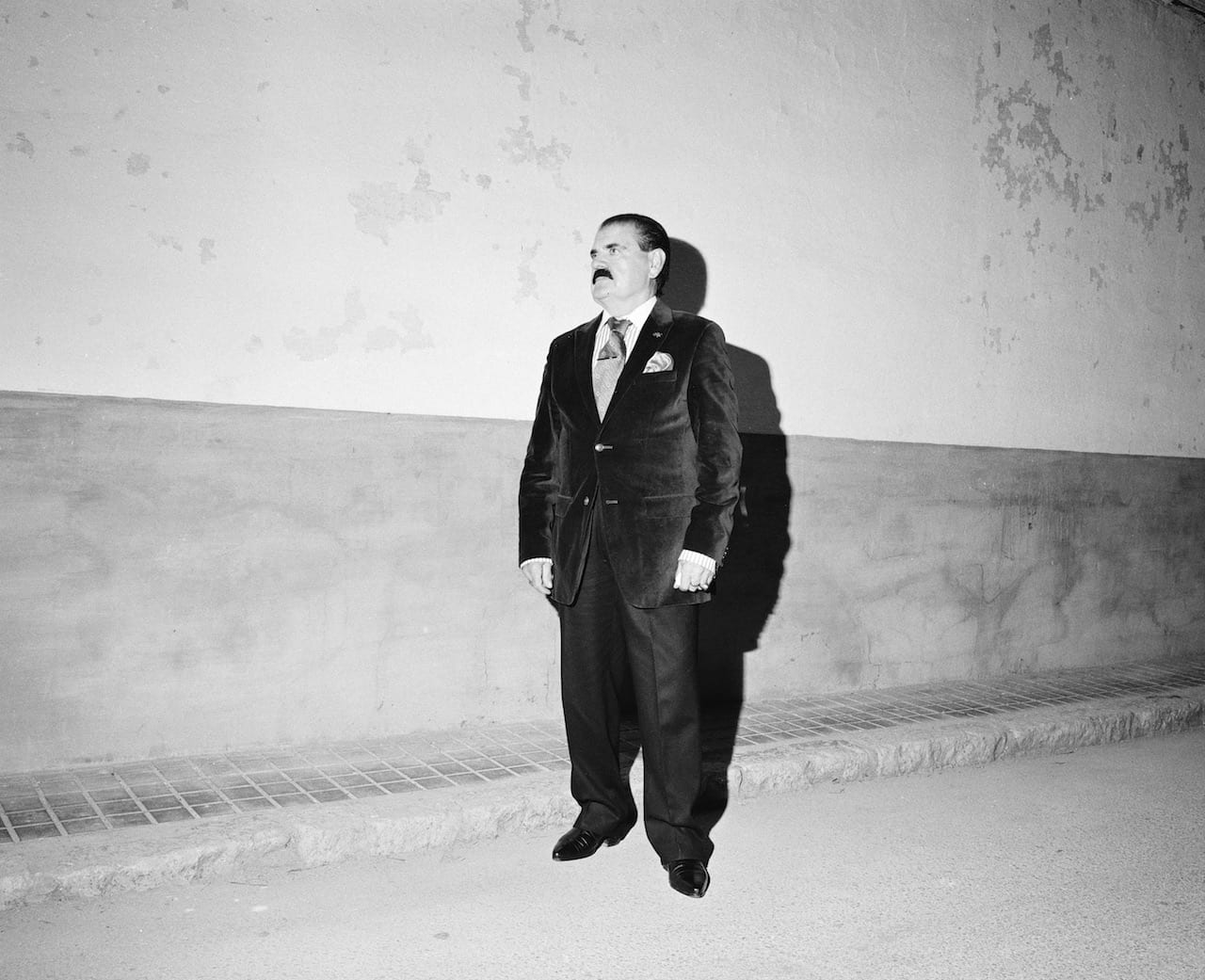
After the economic crisis in Argentina in 2002, Sebastián Bruno’s family moved to a small town in Castilla La Mancha in central Spain. It was then that the photographer decided to re-read Don Quixote, the iconic 17th-century novel about a traveller who slowly converts from hero to bandit. The tale was foremost in Bruno’s mind when he returned to the region years later to retrace the 2500km route of the fictional legend, while studying for a BA in Documentary Photography at the University of South Wales in Newport.
“I thought it was a beautiful metaphor to re-interpret,” he says. “I was walking, cycling and hitchhiking, but no one ever really stopped. The landscape was very flat, the sun was hot and there was not a single tree to hide under.”
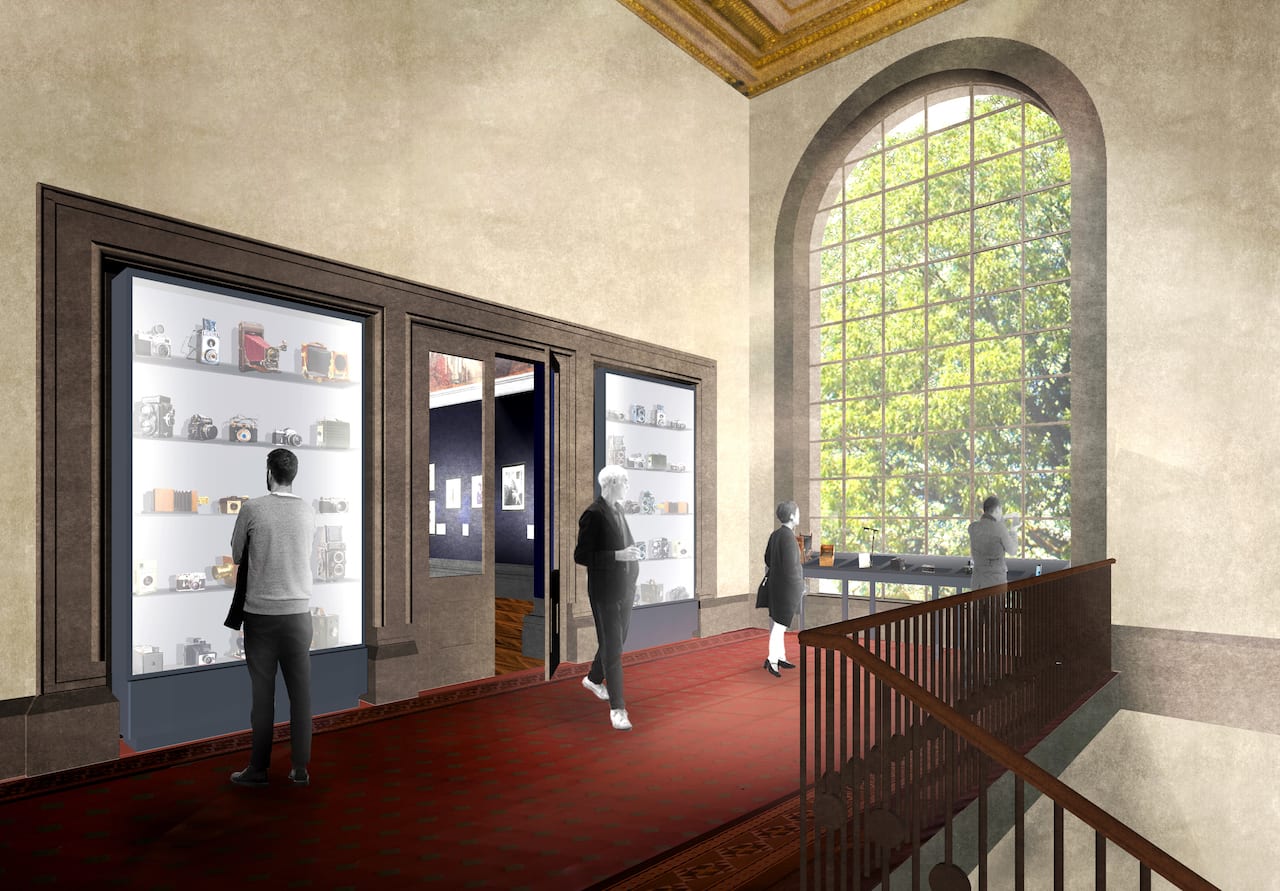
Those who have had the pleasure of ambling along the corridors of the 17th-century building at the heart of the museum district in Kensington, London, will recall the Victoria and Albert Museum’s high ceilings and impressive galleries, with polished floors and walls adorned with historical oil canvases, all connected by staircases embellished with intricate mosaics.
Climbing one such stairwell in a far corner of the building, you surface to face two tall, fudge-brown doors with shiny handles. The pair of robust glass cabinets framing these doors are currently empty, but will soon be packed with some 300 cameras and image-making devices. To one side, a long wooden table will be laden with models of some of the first cameras – a large format perched on a tripod, a Rolleiflex, a camera obscura and 35mm camera. Visitors will be invited to play around and put themselves in the shoes of the photographers who used these devices, pausing to peek through the lenses and take note of this new way of looking and constructing an image of the world on the other side. It is a sculptural array of the golden age of photography, the grand entrance to the new photography centre, opening its first phase to the public on 12 October.
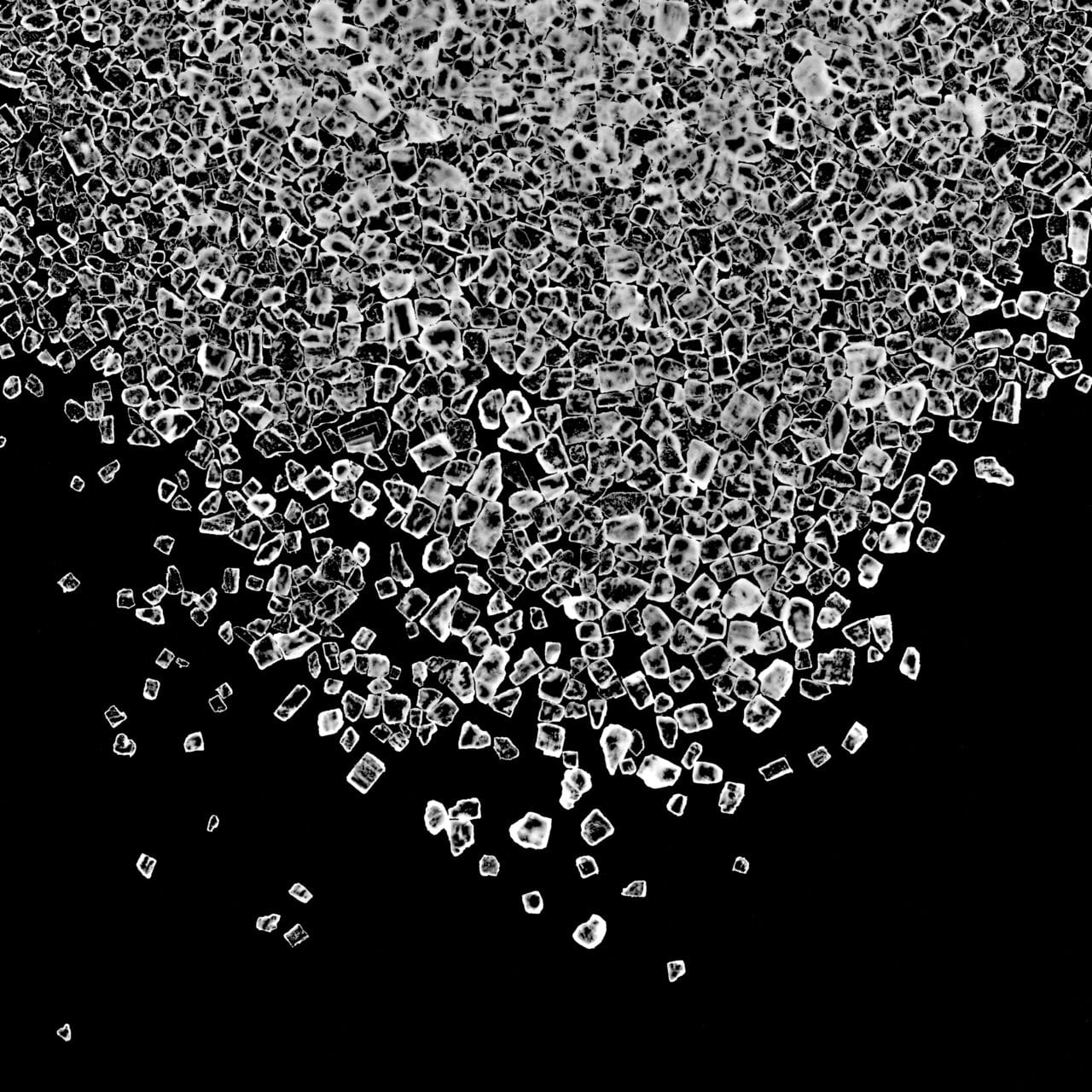
It began in March 2015 when David Yates, a client of photographer and fine art printer Mike Crawford, turned up at his print studio, Lighthouse Darkroom, with a “shopping trolleyful” of old boxes of expired photographic paper. The next day, he brought another. The two loads were what was left of a mass clear-out of Yates’ late grandfather Bret Sampson’s darkroom. The British photographer’s London studio was his first port of call, given that Crawford was already working with Yates on another of his personal projects.